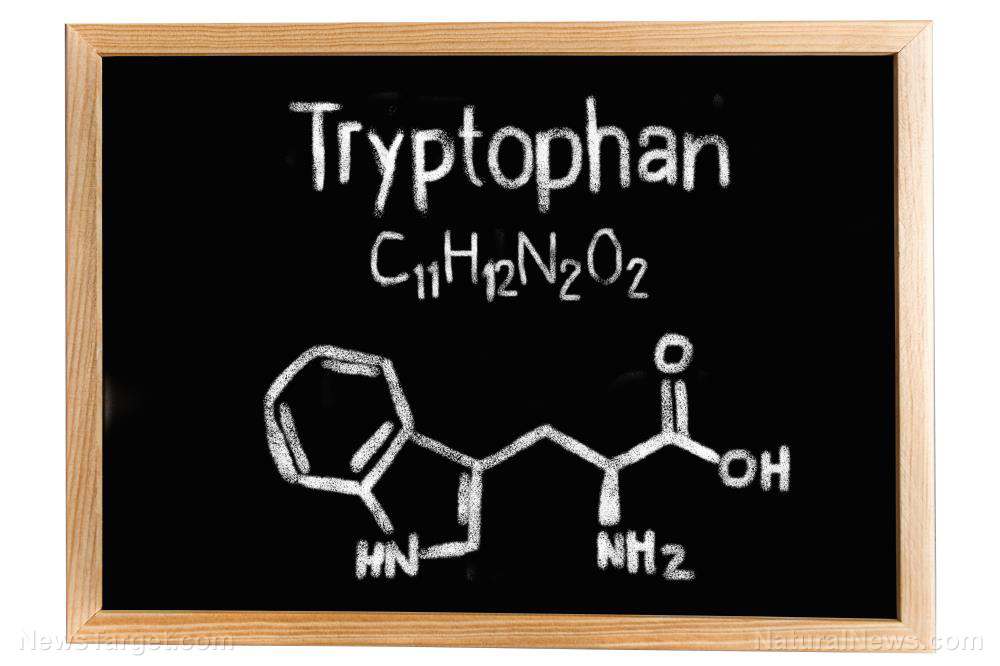Researchers study zebrafish brain cells to develop new treatments for Alzheimer’s
11/21/2019 / By Edsel Cook

A potential solution to the debilitating effects of Alzheimer’s disease may lie within the zebrafish. The popular aquarium fish can grow new brain cells to replace the ones they’ve lost to injury or sickness. Their ability to regenerate neurons comes from progenitor cells. These cells may offer a way for humans to slow down the onset of Alzheimer’s – or even treat the disease.
Researchers from the German Center for Neurodegenerative Diseases (DZNE) and TU Dresden (TUD) investigated the progenitor cells of zebrafish. They divided the cells into eight subpopulations before running samples through an animal model of Alzheimer’s disease.
The results of their experiment showed that some of the progenitor cell subpopulations increased their numbers. These groups replace the cells lost to the accumulation of amyloids associated with Alzheimer’s.
By learning about the molecular means by which progenitor cells reproduce, the researchers hope to discover new molecular candidates as targets for Alzheimer’s disease treatments in the future. (Related: Regular exercise can keep dementia at bay – adding more hours reduces the brain’s aging process.)
Zebrafish brains offer clues to treating Alzheimer’s
One of the defining traits of Alzheimer’s disease is the accumulation of amyloid-beta aggregates in the brain. These deposits of toxic proteins cause neurons to die.
DZNE researcher Caghan Kizil explained that most Alzheimer’s studies looked for ways to stop the death of brain cells. His team investigated a different approach that involved the regeneration of lost cells rather than prevention.
Perhaps the biggest challenge to their method is the limited ability of the human brain to regenerate lost neurons. Adult brains have some neural stem cells that may produce replacement cells. However, only two limited areas of the brain contain these cells. Further, the stem cells only produce a few types of neurons.
In contrast, the progenitor cells of zebrafish regrow brain cells and tissue without any problem.
“Zebrafish and mammals are related in evolution. We, therefore, think that regenerative capacities in mammals are subliminally present and evocable,” explained Kizil. “We can learn from investigating the molecular pathways and cellular interactions in zebrafish and harness this knowledge to better understand how regeneration can be boosted in mice and eventually in humans.”
His team used single-cell sequencing technology to identify the cells in the brain of zebrafish. They then exposed the eight newly-discovered populations of progenitor cells to amyloid-beta aggregates to simulate the onset of Alzheimer’s disease.
The molecular secrets to the ability of progenitor cells to produce new brain cells
The DZNE and TUD researchers found that not all of the populations of progenitor cells reacted to the amyloid-beta deposits. The result narrowed down the list of potential candidates for Alzheimer’s-related research.
They also figured out how the molecules of each population got “reprogrammed” after exposure to amyloid-beta. Future studies will have access to this information, making it easier to identify candidate genes responsible for the regeneration.
To make sure their data worked, the researchers ran trials with fibroblast growth factor 8, a candidate molecule that sent out signals to activate certain processes.
They reported that fibroblast growth factor 8 induced cell proliferation in progenitor and stem cell populations. Not only that, but the affected groups also responded to amyloid-beta, suggesting that the tested candidate molecule may play a role in reversing brain damage similar to that caused by Alzheimer’s.
“We will first address these questions using mouse as a model system,” explained Kizil. “But eventually, we hope that our research will uncover strategies to induce regeneration as a new therapeutic approach in Alzheimer’s disease in humans.”
Sources include:
Tagged Under: Alzheimer's disease, amyloid beta, brain function, brain health, research, zebrafish
RECENT NEWS & ARTICLES
COPYRIGHT © 2017 BRAIN NEWS




















